|
Once again at first light we checked the moths in the moth trap at the security gate. The guard at the gate was very accommodating but we kept out of his way as he was kept busy checking in all the people arriving for work. Ornarantia dyari (Choreutidae) is new to Cuba as we discovered later - very exciting. Some we recognised from yesterday but there were lots of new and very attractive ones too. I wonder how many amateur moth-ers there are in Cuba (or professional ones for that matter!). I expect I could count them all on the fingers of one hand but I might be wrong. Sasha hadn't appeared at supper last night which was unusual and she didn't appear this morning either so we were a bit concerned as to what might have happened to her. We again had Eric with his jeep today plus Yassil our guide and went off to explore some of the trails at a higher elevation. We checked the area where we had seen the Antillean Mapwing Hypanartia paullus a couple of days ago but it was rather too windy here and not enough sun for butterflies. But there were several warblers including Black-throated Green, Black-throated Blue, Worm-eating and a couple of Ovenbirds feeding on the ground in deep cover making it near impossible to get any pictures. Worm-eating Warbler is described as a common winter resident in Cuba but we have only seen it a few times and would certainly not describe it as common in the areas that we have been but perhaps we haven't looked in the right habitat. This huge wasp crossed our path and landed on the vegetation. Douglas says it is known as a Bee Wasp as it preys on bees. The scientific name is Campsomeris atrata and my thanks to Julio Genaro for the identification. Remarkably there is a website on the bees and wasps of Cuba which says that in 2003 there were 1,156 species described and estimated that there were likely to be in excess of 2,700 species. We saw our only Polydamas Swallowtail Battus polydamas and Fulvous Hairstreak Electrostrymon angelia of the trip and one of only three Boisduval's Yellow Eurema boisduvaliana. We also saw Caribbean Daggerwing Marpesia eleuchea and some of the commoner species but it was mostly cloudy and so butterflies were not flying very much, but a La Sagra's Flycatcher put on a good show and I had a fleeting view of a Baltimore Oriole.
0 Comments
Leave a Reply. |
Welcome to our Blog
Here we will post interesting news about what we and others have seen in Cuba. Archives
July 2024
Categories |
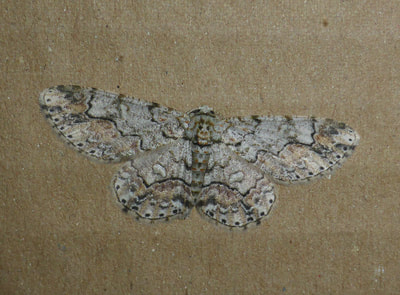
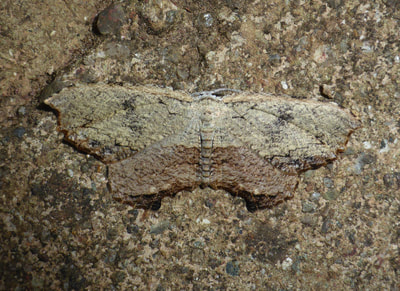
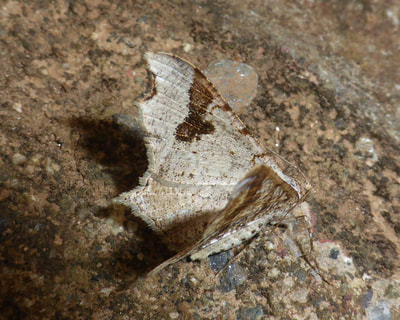
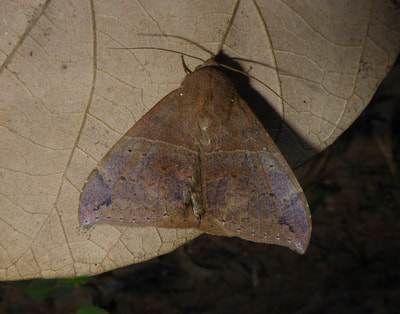
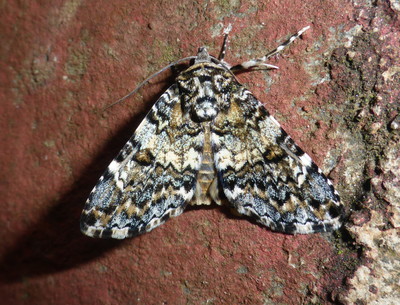
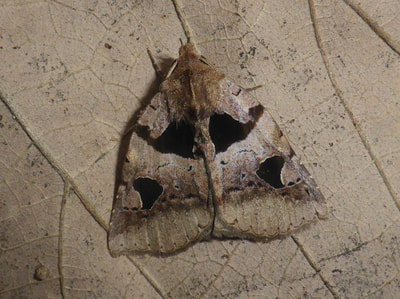
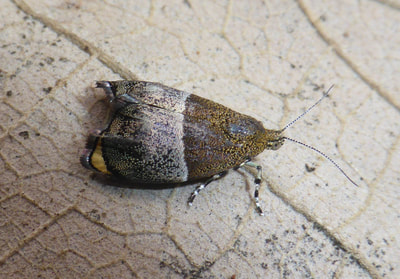
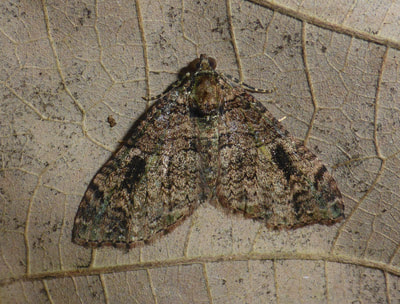
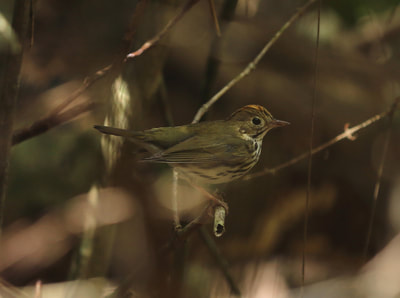
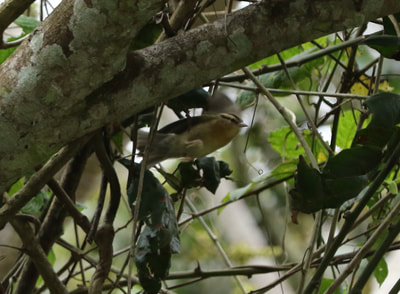
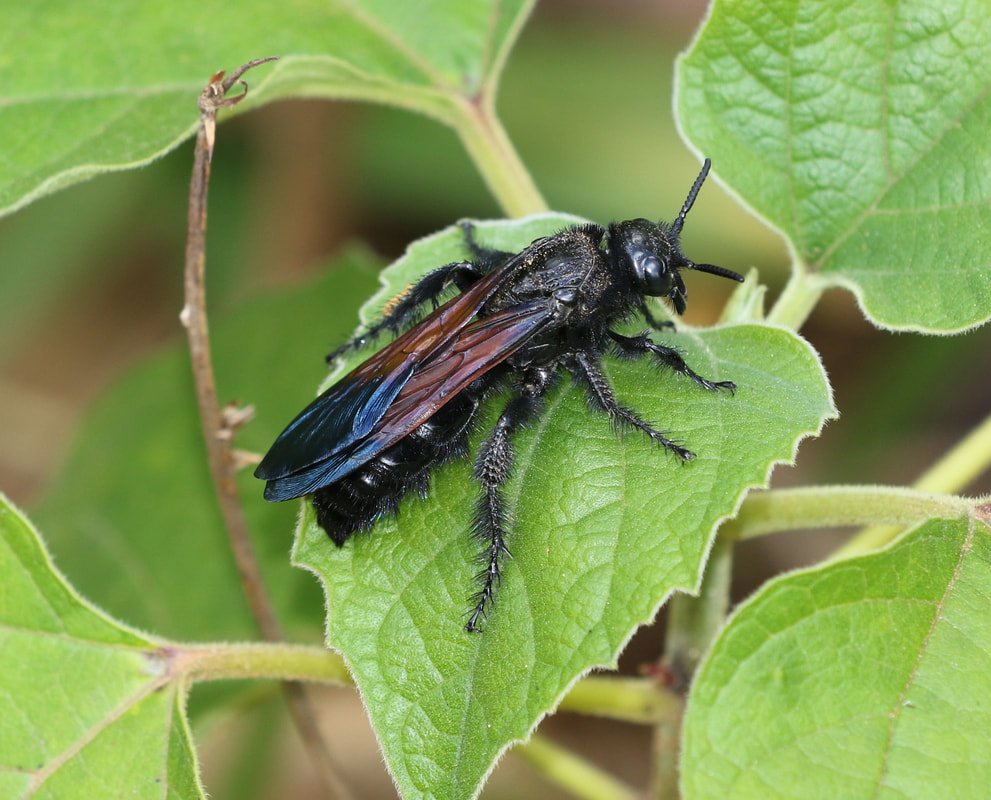
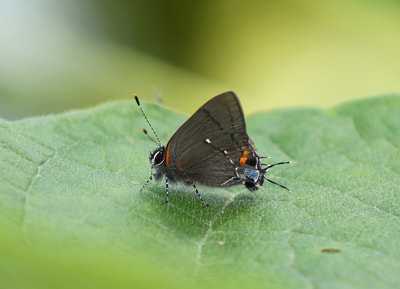
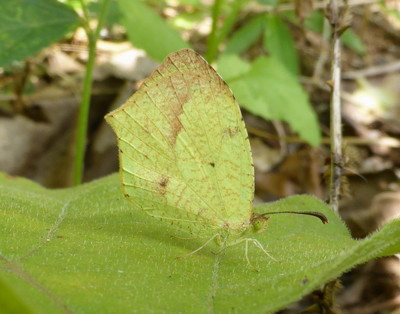
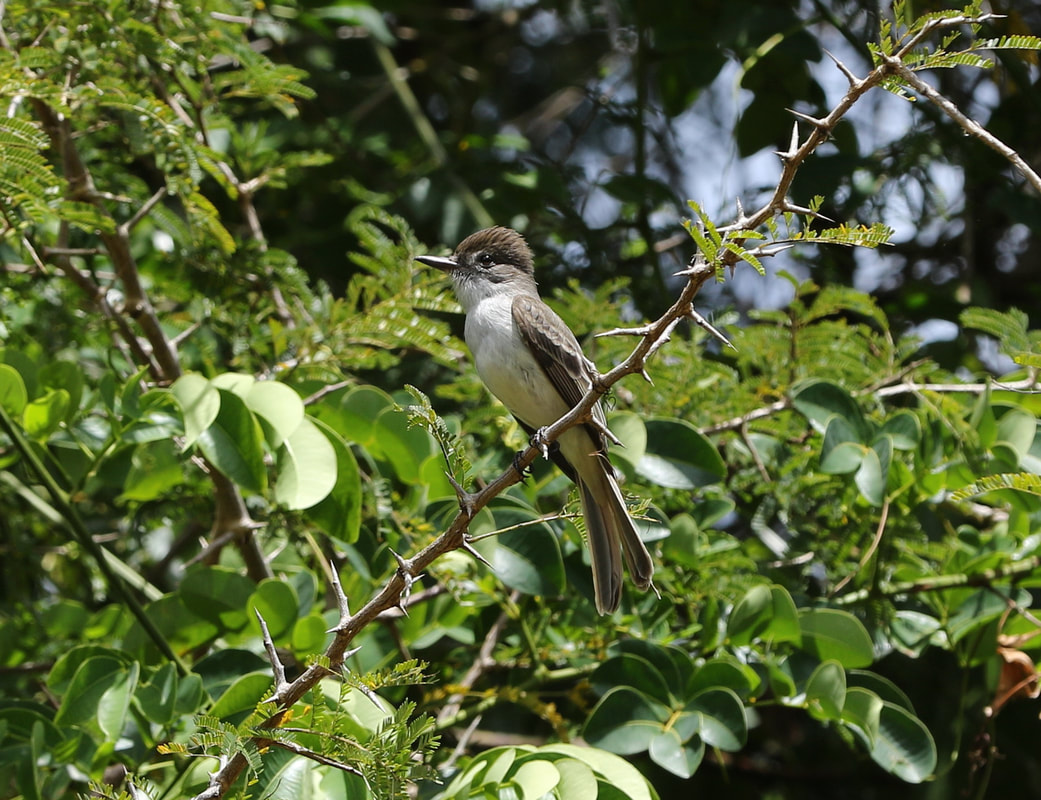
 RSS Feed
RSS Feed